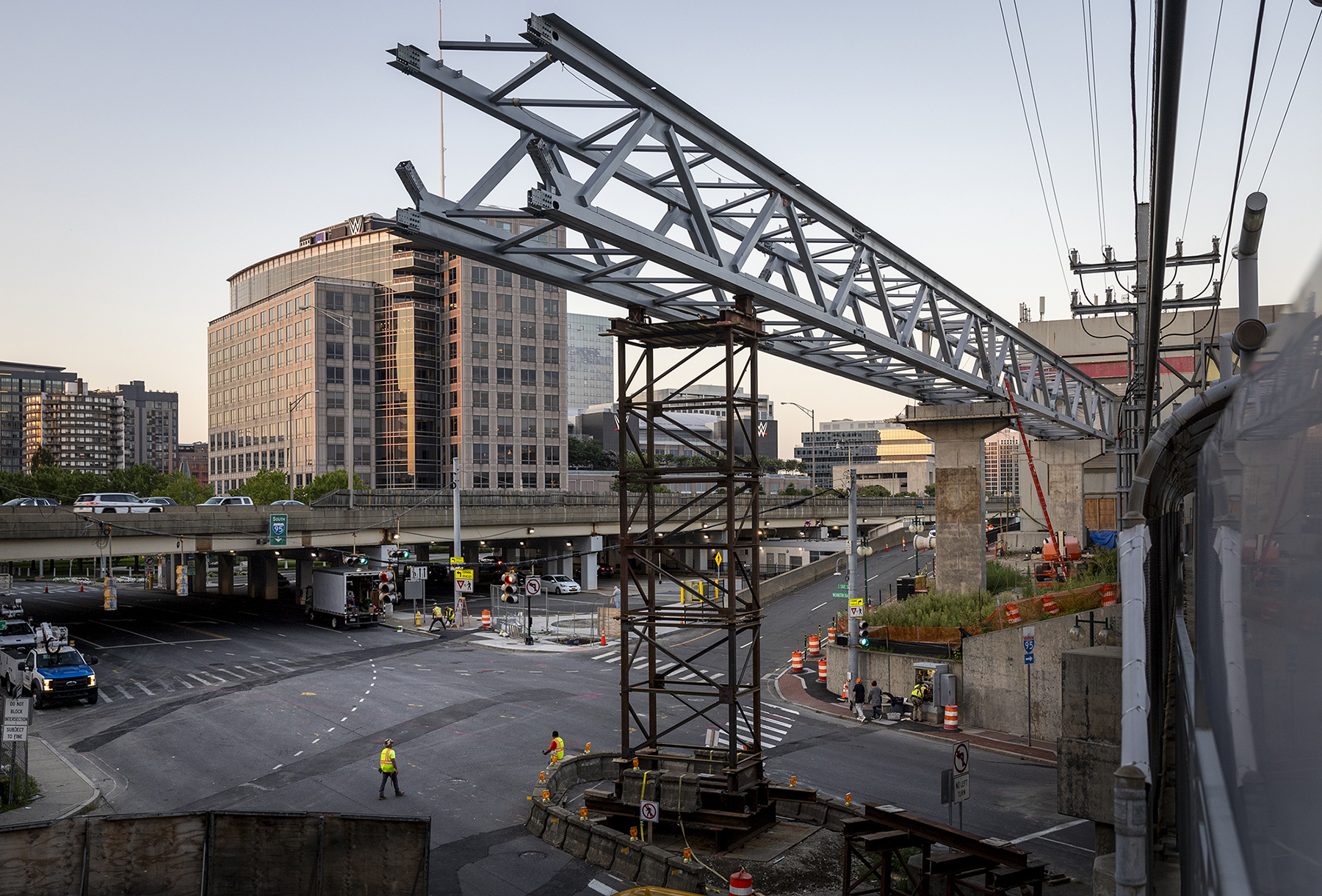- Joined
- Feb 25, 2006
- Messages
- 6,934
- Reaction score
- 13,718

A looming port strike could fuel inflation and cause layoffs, experts say
Tens of thousands of dockworkers are set to strike as soon as Oct. 1.
A looming port strike could fuel inflation and cause layoffs, experts say
Tens of thousands of dockworkers are set to strike as soon as Oct. 1.
Tens of thousands of dockworkers are set to strike as soon as Oct. 1, potentially snarling dozens of ports along the East and Gulf coasts with major implications for the U.S. economy.
A shutdown of the ports would cost the economy up to $4.5 billion each day, according to a report from JPMorgan senior equity analyst Brian Ossenbeck.
The East and Gulf Coast ports account for more than half of U.S. container imports, facilitating the transport of everything from toys to fresh fruit to nuclear reactors, Ossenbeck found.
A strike lasting only a handful of days would wreak little damage, but a prolonged work stoppage of several weeks or months could drive up prices for some goods and cause layoffs at manufacturers as raw materials dry up, experts said.
“The supply chain will start to get shocked after a couple of weeks,” Adam Kamins, a senior director of economic research at Moody’s Analytics, told ABC News. “If it gets beyond that, we’ll start to see some much more signifiant implications."
The International Longshoreman’s Association, the union which says it represents 50,000 East and Gulf Coast dockworkers under the contract at issue, did not respond to ABC News’ request for comment. The U.S. Maritime Alliance, or USMX, an organization bargaining on behalf of the dockworkers’ employers, declined to respond to a request for comment. The USMX claims that only 25,000 workers will be impacted by the work stoppage.
President Joe Biden retains the power to prevent or halt a strike under the 1947 Taft-Hartley Act. Trade organizations sent a letter to Biden earlier this month urging the White House to intervene.

Port workers strike could snarl the supply chain and bust your holiday budget
If East Coast and Gulf Coast port workers don't reach a labor deal this week, Americans could face high prices and shortages this holiday.
Americans could face high prices and shortages again this holiday season but this time, it would be because of a worker strike instead of a global pandemic.
As of Thursday, the International Longshoremen’s Association (ILA) said labor talks with the United States Maritime Alliance (USMX) remain at a standstill, and about 45,000 of its union workers at 36 East coast and Gulf Coast ports are ready to walk on Oct. 1 for the first time since 1977.
A strike could lead to shortages of certain items and boost prices for voters already frustrated with housing and food inflation, experts said. The ports handle about half of U.S. ocean imports, including food, clothing, auto parts, cars shipped via container and holiday toys, experts said.
“A supply chain disruption would undoubtedly lead to price increases across the board and would impact consumers’ ability to find the toys they are looking for in the weeks and months ahead,” said Greg Ahearn, president and chief executive of The Toy Association.
If they strike on Tuesday prices will increase and shortages will put further strain on people.
Get prepared for high prices and shortages if they go on strike.






